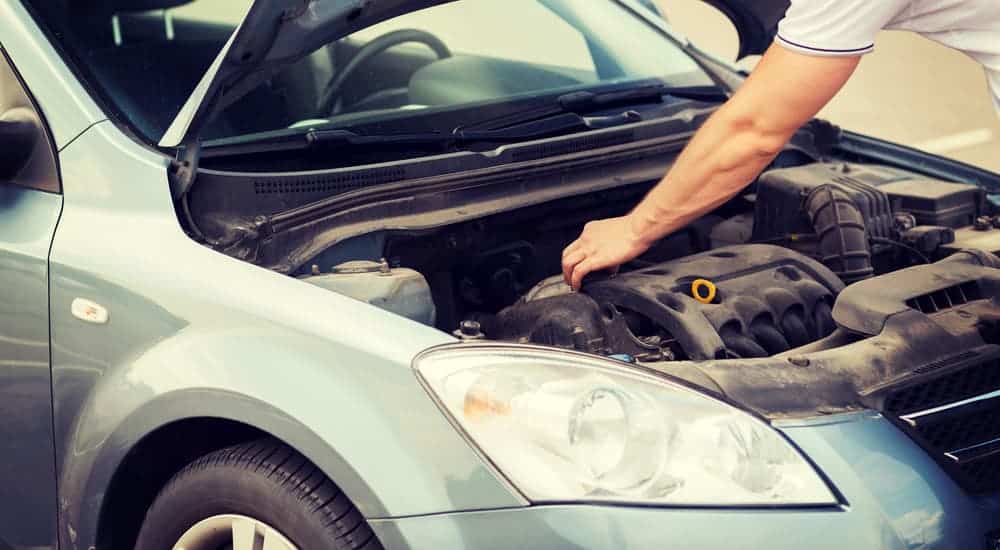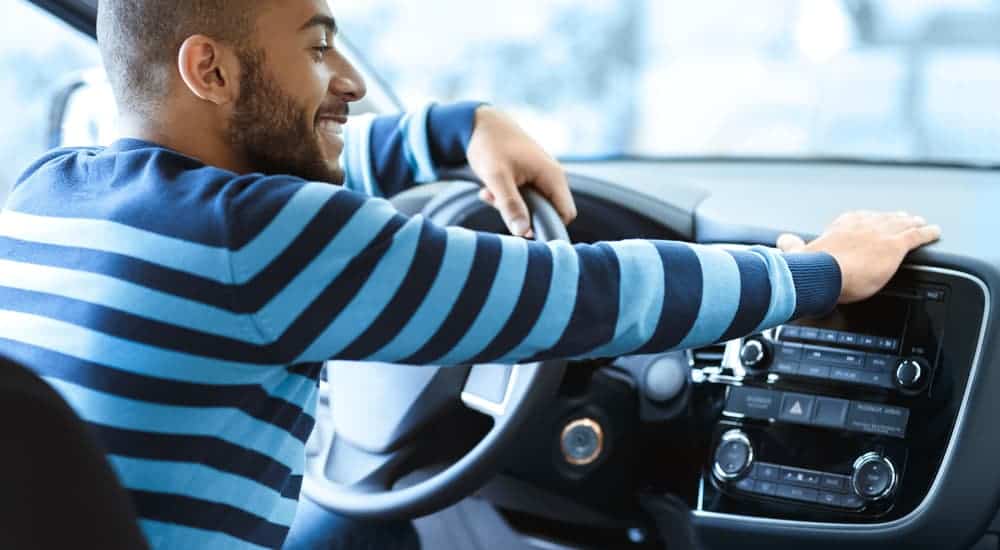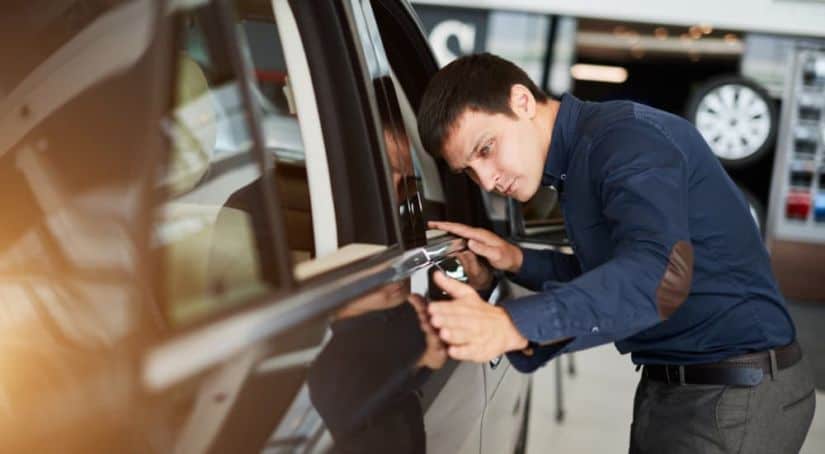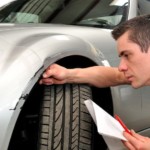Buying a used car is a good idea for several different reasons; one of the best reasons being that it can save you a lot of money upfront. To get the best value when shopping for used cars, however, you need to make sure you get a vehicle that will treat you well for years to come. This seems pretty straightforward, but with so many used cars out there, available from both dealerships and private sellers, it can get pretty complicated.
Today, I’m going to break down some simple things you can do to make sure you get the best used car possible, by performing your own inspection. You might go into buying a used car with the idea of checking for certain things loosely in mind, but I’m going to give you some specifics that you should always inspect and consider before buying anything. First, I’ll get into a few general guidelines and suggestions, and then we’ll get specific and make sure you’re ready to check out any used cars you find.
General Tips
Before we get into some specific things you should look for when checking out used cars, let’s talk about a few general tips. First of all, do plenty of research. You want to research the used car market, in general, to get a sense of what’s out there – and also look at specific makes and models of vehicles. Start broad and narrow your search as you learn more information about different cars and figure out what will work for you.
There are a lot of resources you can use for this research, including countless articles here that will give you information about different models and even compare some similar options from different manufacturers. As you get further into your research, you need to know what you need, specifically, in a vehicle, so that you can easily see if a particular model will work. This will save you a lot of wasted time, as you can quickly eliminate options that won’t work for you.
Once you have a sense of what you want and need, then you can look at some used cars that are good options. Consider both private sellers and used dealerships – both have their benefits and drawbacks. When you go and see a car, have an inspection checklist that you can run through as you look at the vehicle. Don’t just think, “I have it in my head” and go to look at a vehicle – it’s too easy to forget something when you’re caught up looking at a car. Have this on paper or on your phone, so you can look at it, run through the list, and check everything.
Don’t feel like coming up with your own list? Well, I’ve got you covered.

Inspection Checklist: Exterior
The exterior is very important and can give you some big warning signs about issues. Plus, you want your vehicles to look great for the coming years.
- First, look at the exterior overall – give it a general going over with your eyes. Look for discoloration, damage from a collision, and anything else that seems out of place with the exterior.
- Second, get closer and look at every inch of the exterior – don’t feel weird or embarrassed about really thoroughly checking out a used car you’re interested in. It’s your money, and you’re the buyer, so you have every right to take your time.
- Next, look at the tires and check the tread depth on them. Seriously, pull out a penny or a quarter and inspect the tread, look for wear or signs that the tires need to be replaced. Look for uneven wear on the inside or outside of the tires that could indicate an issue with the suspension or alignment.
- Now check out the undercarriage and lower parts of the exterior. Get down on the ground and get a good look underneath and around the tires. In particular, look for any rust as this can be a costly issue later. Some rust discoloration might be manageable, but any holes or physical damage from rust is a sign to move on.
Inspection Checklist: Mechanical
We’re mostly talking about the engine here, but you’re going to want to keep everything mechanical in mind when looking at used cars.
- Start the car, preferably from cold. Listen to how easily it starts and listen to it idle to make sure it sounds good.
- Go for a test drive, and not just a quick loop around the block. Take it to a large parking lot so you can do some maneuvering and feel how it handles. Make right turns and left turns – keep the music off and listen to the engine, the transmission, etc. Get on the freeway and go over 60mph to check how it sounds and feels at high speeds.
- Make some casual stops and some sudden stops (do this in the parking lot when you’re away from other vehicles) to feel the brakes in different conditions.
- Check the area it was in before you moved it and make sure there are no fresh oil stains or signs of other possible leaks.
- Open the hood and look at the engine. Look at the connections and everything you can see to make sure it’s all clean and looks good.
Inspection Checklist: Electrical
Some of this will overlap with the next section, but that’s okay, go through both parts at once.
- Check all of the lights, inside and out—all of them. Turn on the lights and get out to make sure they all work, including blinkers and hazard lights. Check interior lights and make sure everything works.
- Turn on the radio and other systems; go through different Infotainment screens on the display if there is one. Make sure it all looks good.
- Turn on the air conditioning and heat and feel how cool and hot they are. Check the wipers, etc. Try out everything and make sure all of the electrical systems are working.
Inspection Checklist: Interior

The same way you looked closely at the exterior of the vehicle, be sure to give the interior a similar inspection.
- Check the upholstery of all the seats, every row, and look for tears or damage. Replacing upholstery isn’t cheap, and even small holes can easily get a lot bigger.
- Use your nose and take some big sniffs around. If you notice even the faintest hint of cigarette smoke, then get out of there. Smells can be covered up short-term but will come back, so be very cautious about any off odors.
- Try out all of the seatbelts.
- Adjust all of the seats in every row. Make sure they can move properly and easily and check rear seats to ensure they lower appropriately to give you the space you need.
- Check the mirrors inside and out. Adjust them to see that they can be moved and placed in a position that works for you.
Get a Professional Inspection
After you’ve done all of this, and if a vehicle passes your own personal inspection, then have it inspected by a professional mechanic. You might not be able to do this with a dealership, but you can ask to see their inspection information. When buying from a private seller, always have a mechanic, you trust, take a look at the vehicle and inspect it thoroughly before making a purchase. It will cost you a little money, but it can save you far more time and money in the long run.



